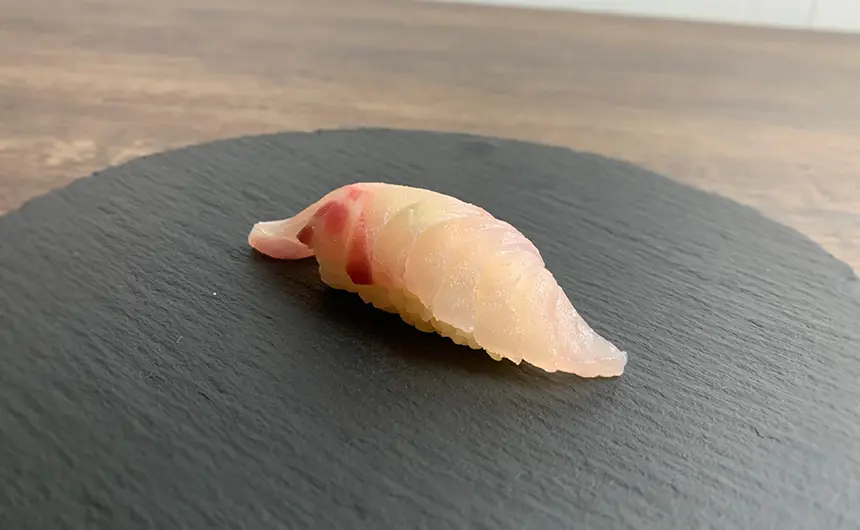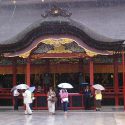Rainy Season (Tsuyu)
In early summer, most parts of Japan get visited by a rainy season, the so called tsuyu (or baiyu), literally meaning “plum rain”, because it coincides with the season of plums ripening.
The rainy season is caused by the collision of cold northerly and warm southerly air masses, which results in a relatively stable bad weather front over the Japanese archipelago for several weeks.

In most of Japan, the rainy season lasts from the beginning of June to mid July, while it affects the islands of Okinawa about one month earlier. Only Japan’s northern most main island of Hokkaido gets barely affected by the rainy season.
The following table shows the average starting and ending dates of the rainy season for selected regions of Japan, according to the Japan Meteorological Agency:
| Region | Start | End |
|---|---|---|
| Okinawa | May 8 | June 23 |
| Southern Kyushu | May 29 | July 13 |
| Shikoku | June 4 | July 17 |
| Kansai (incl. Kyoto) | June 6 | July 19 |
| Kanto (incl. Tokyo) | June 8 | July 20 |
| Northern Tohoku | June 12 | July 27 |
During the rainy season it does not rain every day. In fact, Tokyo registers only an average of 12 rainy days in June, while 120 hours of sunshine are recorded. As for the amount of rainfall, it varies from days with intensive downpours to other days with occasional sprinkles.
Nevertheless, the rainy season is not the most suitable season for visiting Japan, even though it can have its advantages. For example, travel activity is rather low during June, which clears many popular outdoor attractions from the many visitors that are usually present.
Furthermore, some sights can be very attractive in rain, especially some temples, gardens and hot springs. All you need to enjoy traveling in the rain, is the right attitude and rain protection. Below are just a few sights, which can be very attractive during the rainy season:
Koyasan

Rainy weather and fog make for a most atmospheric visit to the wooded temple mountain of Koyasan and Okunoin, in particular.
Hakone

The chances of viewing Mount Fuji may be low, but the lush vegetation and hydrangea flowers are twice as intensive in rain than in dry weather.
Onsen

There is nothing more relaxing than sitting in an open air hot spring while viewing the cloudy landscape and listening to the patter of the rain.
Hokkaido

Those who prefer to escape the rain, should visit Japan’s northern most main island of Hokkaido, which gets barely affected by the rainy season.


